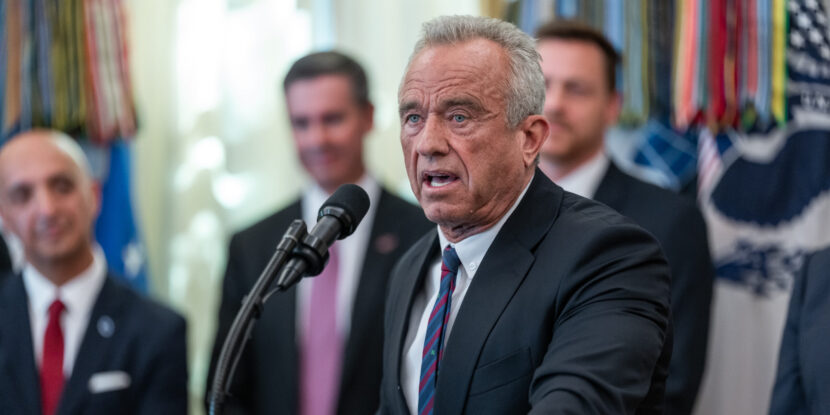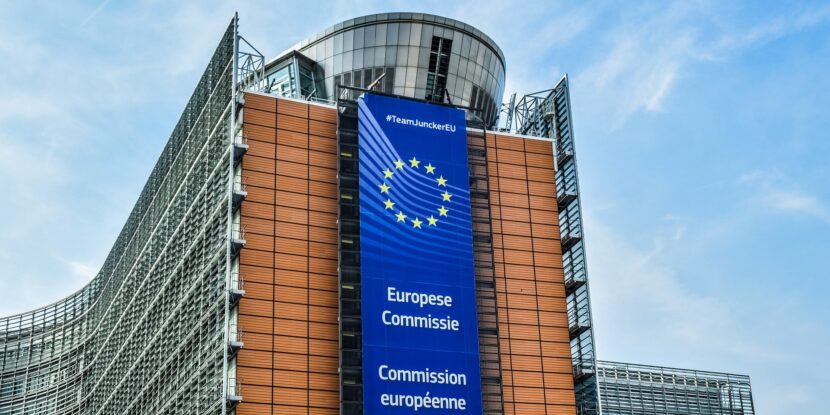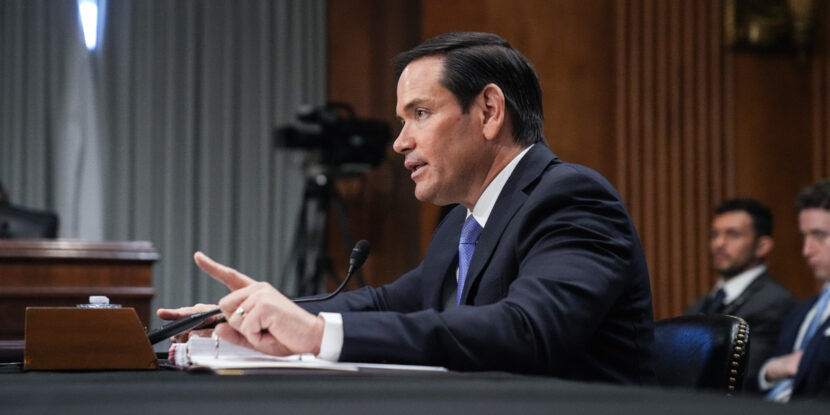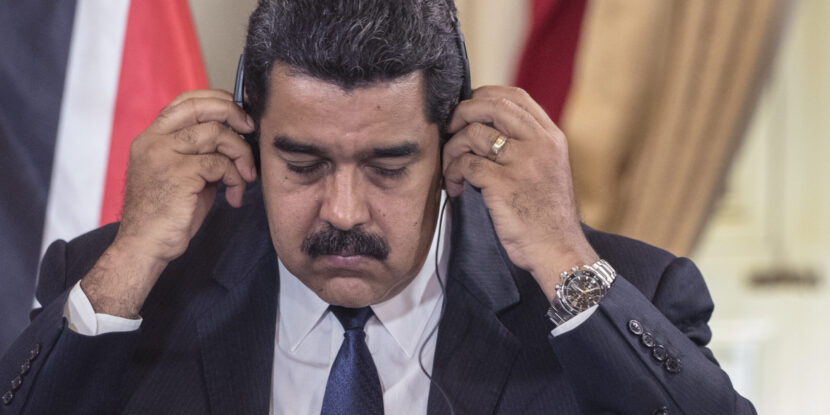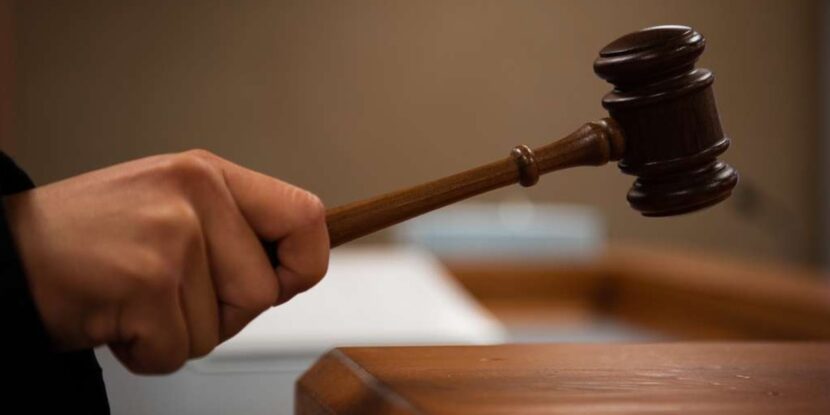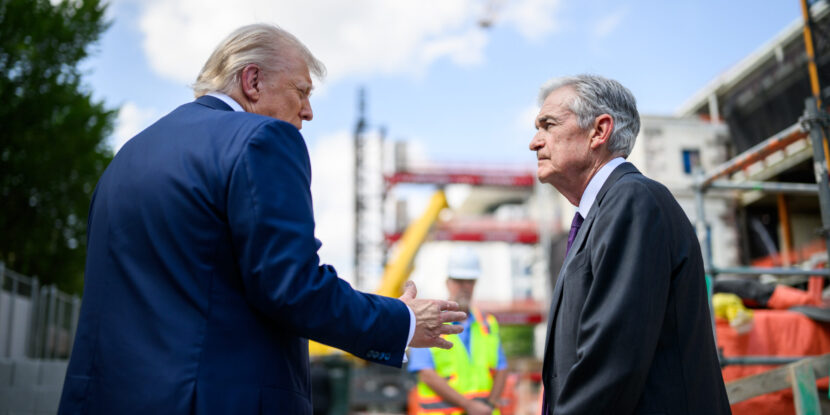❓WHAT HAPPENED: The Food and Drug Administration (FDA) is investigating deaths potentially linked to COVID-19 vaccines.
👤WHO WAS INVOLVED: The FDA, Department of Health and Human Services (HHS) spokesman Andrew Nixon, and FDA Commissioner Dr. Marty Makary.
📍WHEN & WHERE: Investigation ongoing in the United States.
💬KEY QUOTE: “FDA is doing a thorough investigation, across multiple age groups, of deaths potentially related to COVID vaccines.” – Andrew Nixon
🎯IMPACT: The investigation raises further concerns about vaccine safety and transparency in FDA processes.
The U.S. Department of Health and Human Services (HHS) says the Food and Drug Administration (FDA) is investigating reports of deaths linked to COVID-19 vaccinations. HHS spokesman Andrew Nixon said the agency “is doing a thorough investigation, across multiple age groups, of deaths potentially related to COVID vaccines.”
The inquiry initially centered on possible fatalities among children, a review launched in September by Commissioner Marty Makary. That effort expanded after a leaked memo from a senior FDA official claimed the vaccines had been associated with “at least 10 infant deaths,” although the document reportedly did not include evidence to substantiate the allegation. The investigation has since broadened to examine reports involving other age groups as well.
Most COVID vaccine side effects are relatively mild and temporary, such as fatigue, fever, or arm soreness. However, serious reactions—including myocarditis, pericarditis, or severe allergic responses—have also been observed.
In 2025, the FDA required manufacturers of the mRNA vaccines used in the United States to update their product labeling with refined risk estimates for myocarditis and pericarditis. The updated data indicated that these conditions occur in only a small number of vaccinated individuals, with higher rates among adolescent and young adult males. According to the agency, these safety updates do not alter their overall assessment that the benefits of vaccination outweigh the risks for most people.
At this stage, the FDA has not confirmed any causal connection between COVID-19 vaccines and the deaths under review. Officials say they will assess all available evidence before drawing conclusions and will release findings once the investigation is complete.
Join Pulse+ to comment below, and receive exclusive e-mail analyses.
